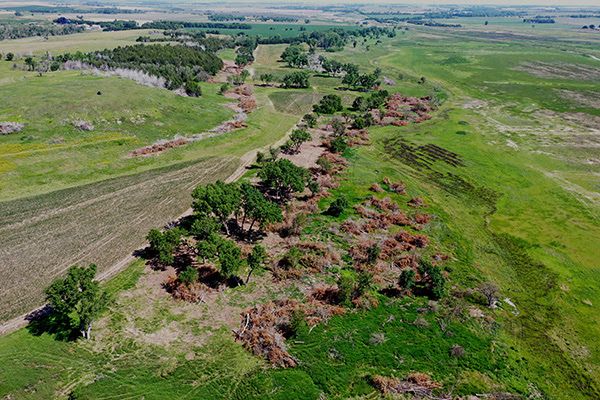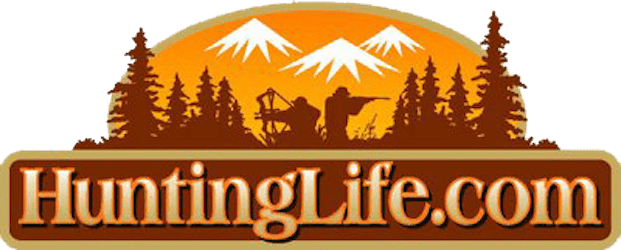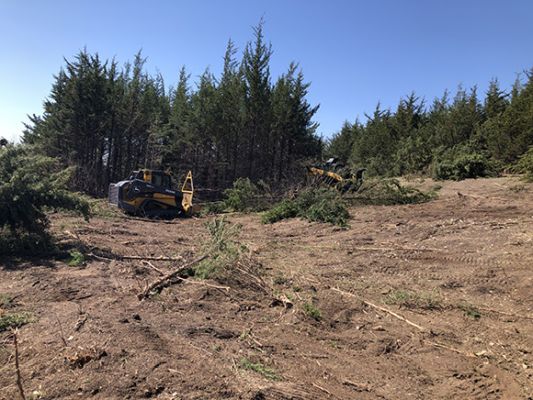Partnership Restores Wild Turkey Habitat at Jamestown Wildlife Area

EDGEFIELD, S.C. — A new habitat project in north-central Kansas is helping wild turkeys and other wildlife thrive, thanks to a long-standing partnership between the NWTF, the Kansas Department of Wildlife and Parks and Pheasants Forever.
The Jamestown Wildlife Area has over 5,000 acres of diverse habitat, ranging from shallow salt marshes to upland grasslands containing both warm- and cool-season grasses, croplands, scattered woodlands and tree windbreaks. The NWTF has been partnering with KDWP on this site for over 18 years and has helped with four previous upland projects and two previous wetland projects. The NWTF has also assisted with land acquisitions, habitat improvements, habitat restorations and equipment acquisitions. Continued partnership has resulted in far-reaching benefits.
“This project is an example of the strong, long-standing partnership between NWTF and KDWP,” said Annie Farrell, NWTF district biologist. “Together, we’ve made a significant impact on the Jamestown Wildlife Area over the past two decades by turning it into a healthier, more diverse landscape that better supports wild turkeys and other wildlife species. Each phase of the project builds on the last and is helping to restore the native habitat, improve hunter access and strengthen the area for future generations.”
When this upland improvement project began in 2013, unwanted trees were removed from about 30 acres of the understory of large, native cottonwood trees that are utilized by wild turkeys as roost sites. Removing the undesirable trees allows the cottonwood trees to thrive. Currently, an enhancement project on nine acres of land in the wildlife area is continuing the fight against invasive species.
“We are restoring a native warm-season grassland habitat interspersed with early successional forbs and mature stands of native cottonwood trees by removing undesirable, non-native trees like eastern red cedar and Russian olive from the landscape,” said Matt Farmer, KDWP Public Lands Manager. “The encroachment of these invasive woody species has led to the degradation of native upland habitats along with the riparian edges that surround several wetlands.”
The understory of this stand is inundated with eastern red cedar and honey locust, which has led to the loss of nesting, roosting and brood-rearing sites for wild turkeys, decreasing the abundance of wild turkeys using the area, in addition to many other grassland birds.
This project will also allow managers to conduct more effective prescribed fires. Several wildfires have occurred on the landscape, making fuel reduction in and around vital roosting areas an important management goal. Removing undesirable trees will allow for more manageable fire treatments, which will release native grasses and forbs that were previously suppressed by thick stands of eastern red cedar, improving the area for utilization by turkeys and other wildlife.
Frequent burning has already somewhat improved habitat conditions, but in areas where invasive woody species remain dense, fire cannot be utilized effectively as a management tool.
“We can now continue to maintain the project with cheaper management practices such as fire and chemical management, which was unattainable prior to the project,” Farmer said.
Chemical and mechanical efforts are being used to improve wildlife habitat on the landscape. Removal of over 250 acres of eastern red cedars was completed in early 2024 by KDWP, and a contractor also clear-cut invasive trees from agricultural field buffers adjacent to the stands of cottonwood trees, which allows turkeys and other grassland species to utilize the edge cover for feeding, roosting and brood rearing.
“Removing invasive, woody species will release native grasses and forbs that have been suppressed from the thick cedar canopy, improving bird use and decreasing predation pressure,” Farmer said. “With increased habitat diversity and wildlife abundance, hunting opportunities and success will increase.”
About the National Wild Turkey Federation
Since 1973, the National Wild Turkey Federation has invested over half a billion dollars into wildlife conservation and has positively impacted over 24 million acres of critical wildlife habitat. The NWTF has also invested over $10 million into wild turkey research to guide the management of the wild turkey population and to ensure sustainable populations into perpetuity. The organization continues to deliver its mission by working across boundaries on a landscape scale through its Four Shared Values: clean and abundant water, healthy forests and wildlife habitat, resilient communities, and robust recreational opportunities. With the help of its dedicated members, partners and staff, the NWTF continues its work to provide Healthy Habitats. and Healthy Harvests. for future generations.

